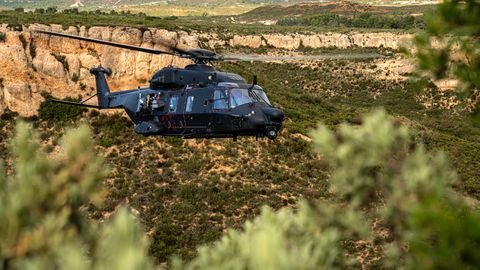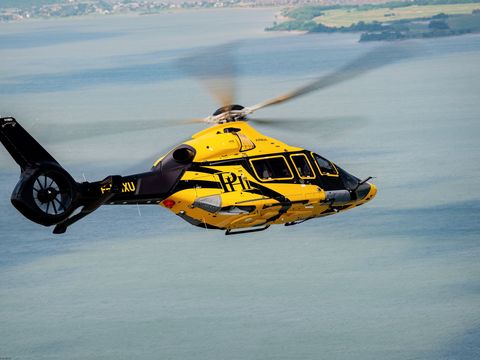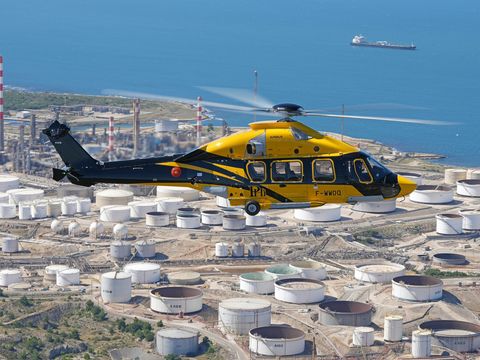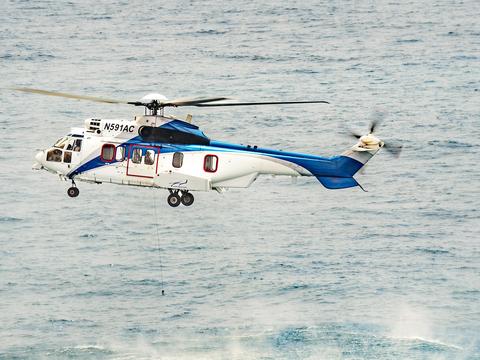As the world’s largest helicopter lessor, and now marking its 15th anniversary, Milestone has lots to celebrate. Success in an evolving industry driven by innovation and shifting market demands does not arrive by accident and CCO, Sebastien Moulin, explains why the success of lessors logically depends on the original equipment manufacturers (OEMs).
“Anyone can buy helicopters—that’s the easiest part of the job,” notes Moulin. “However, the hardest part is to be able to put the assets on lease and to earn stable revenue from them. And of course, selling them at the right price—this is where the expertise lies.” To navigate this, a lessor’s strategy demands meticulous aircraft selection, requiring deep insight into market trends and foresight into how rotorcraft will perform across diverse mission sets over the lifespan of the asset.
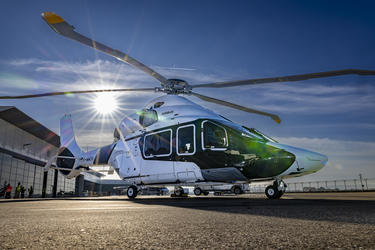
Strategic portfolio planning
Lessors must ensure their portfolio aligns with enduring demands from the energy sector and growing mission-critical services like emergency medical services (EMS), search and rescue (SAR) and aerial firefighting. This careful selection is paramount for managing asset risk and ensuring long-term value. Milestone’s confidence in Airbus Helicopters products, representing around a third of its fleet, directly reflects this philosophy. The H160 is anticipated to secure greater market share in the medium segment due to its performance. The H175 continues to prove its value in demanding offshore energy operations across the North Sea, Brazil and Australia. The versatile H225, with its proven capabilities, is successfully deployed across utility and SAR roles and is coming back in the offshore energy segment for some long-range missions. This strategic alignment ensures Milestone’s new deliveries directly address specific market needs, reinforcing supply-demand balance across the industry.

Lessors and OEMs: A vital partnership
Helicopter leasing offers operators a strategic, flexible approach to fleet management. Moulin explains that this model provides crucial financial agility. Instead of significant upfront capital expenditure, operators can secure 100% financing for advanced aircraft. This enables fleets to scale to meet new demands or adjust to changing requirements. “The real benefit we deliver is the flexibility to access assets without deploying capital in advance, thus alleviating the financial burden from the lessee, as well as the ability to return assets when contracts conclude,” Moulin states. This accelerates integration of new, more efficient rotorcraft technologies, ensuring operators remain competitive.
Milestone emphasises the need for a financially disciplined approach that focuses on sustainable growth, beneficial to the industry. Moulin underscores this shared responsibility for market health: “We feel like that’s the role we have for the whole industry as well. OEMs are producing new aircraft. We want to make sure we don’t fund an oversupply in this market.” Airbus Helicopters, as an OEM, brings essential product development, robust entry into service support and crucial certification processes. Moulin highlights this interdependence: “We cannot achieve anything without the OEM. Their role is to manufacture the finest product possible and navigate the entry into service.” Milestone’s early investment in platforms like the H160 demonstrates confidence in Airbus Helicopters’ innovation. In turn, OEMs provide lessors with long-term product support, upgrades and retrofitting capabilities vital for maintaining asset value and ensuring aircraft remain adaptable. As Moulin affirms, “An asset that is going to be retrofittable and where you can upgrade and improve the asset, this is how to ensure that we can make the return on the aircraft.” This continuous collaboration ensures significant investment yields sustained returns for all stakeholders.
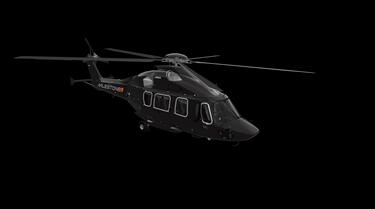
Digital rendering of Airbus H175 with a paint scheme showing Milestone’s new brand

